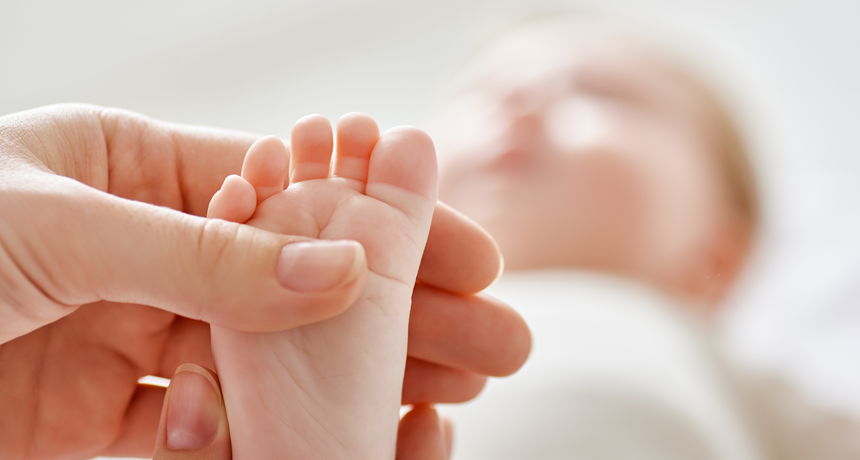Questions for ‘How to make a “three-parent baby”’

It usually takes two people to make a baby. But sometimes a third is needed.
Choreograph/iStockphoto
Come explore with us!

It usually takes two people to make a baby. But sometimes a third is needed.
Choreograph/iStockphoto
To accompany feature “How to make a ‘three-parent baby’”
1. Draw a picture of an animal cell. Label the cell membrane, nucleus, mitochondria and chromosomes.
2. Where did the DNA in your cells originate?
1. What is a three-parent baby?
2. What are mitochondria?
3. Why does Jacques Cohen call cytoplasm “the most complicated fluid in the universe”?
4. What was the first technique that scientists tried to stop mitochondrial diseases in babies?
5. What does the story say are two downsides to pronuclear transfer?
6. What happens to a cell’s chromosomes when the cell divides to create eggs or sperm?
7. What are two downsides to spindle transfer, according to this story?
8. Why do some researchers take issue with the term “three-parent baby”?
9. Why did a panel of experts say that it is ethical to make three-parent baby boys but not girls?
1. Does a three-parent baby really have three parents? Explain why or why not?
2. Some people worry that research on three-parent babies could one day lead to designer babies — children that have had their DNA altered in specific ways before birth. Why might designer babies be a bad thing?
Register to access:
An error occurred. Please try again.
Already Registered? Enter your e-mail address above.